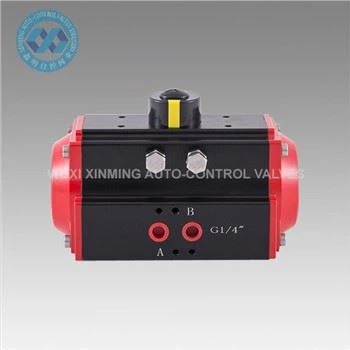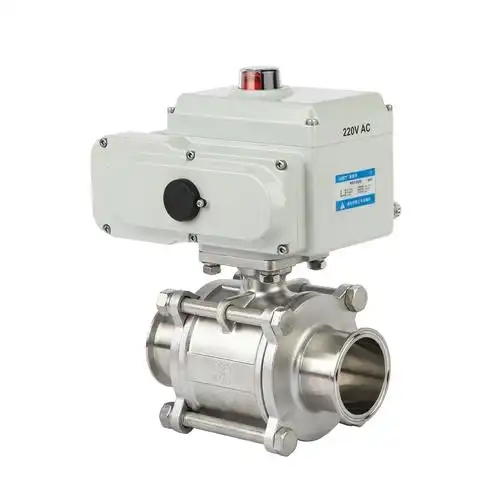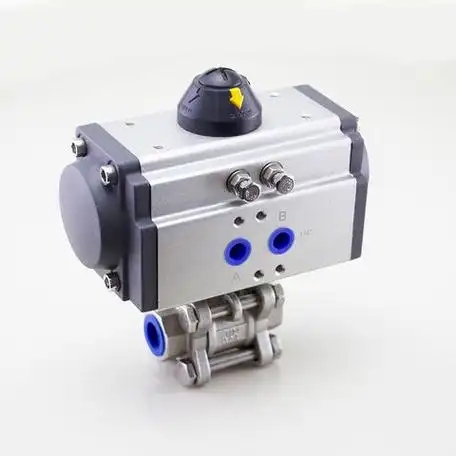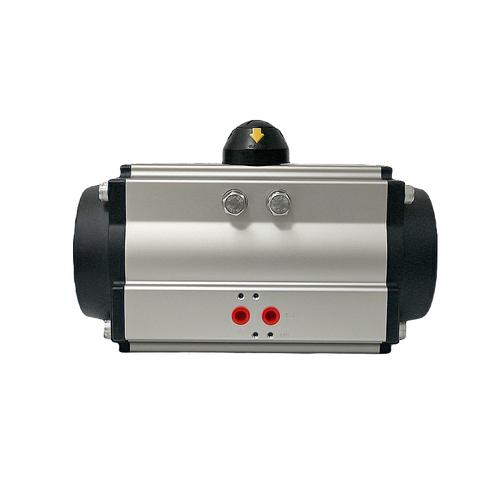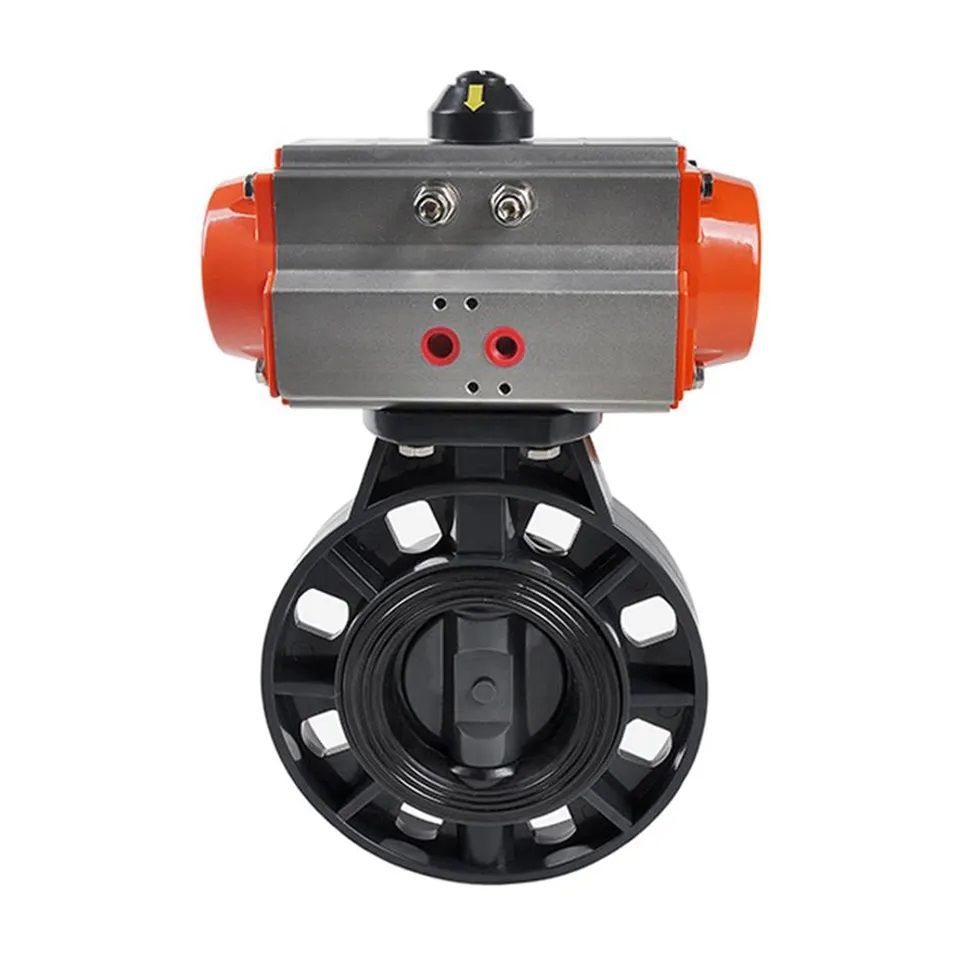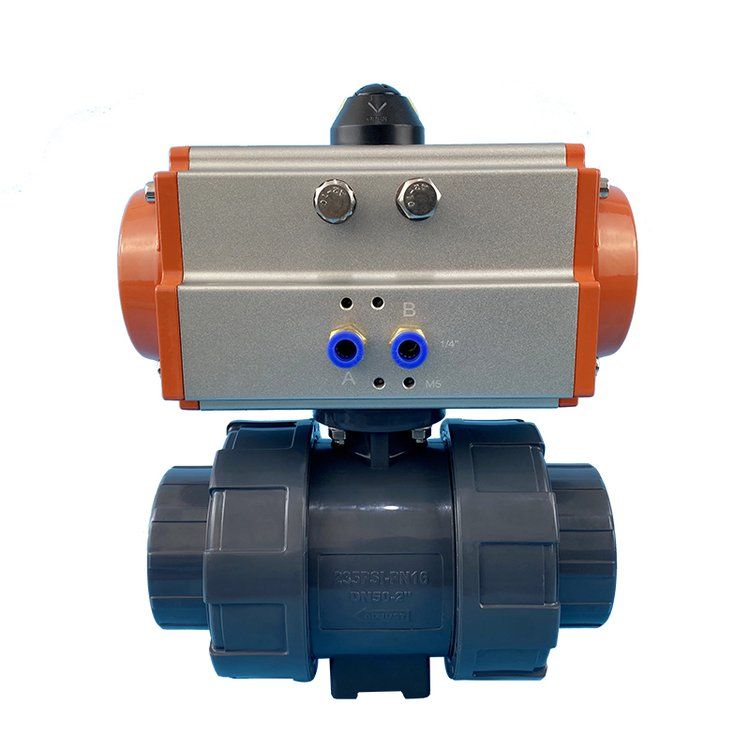Spring Material Selection & Design
Optimizing performance and reliability in pneumatic actuators through appropriate material choices
The spring in a spring return pneumatic actuator is a critical component responsible for returning the device to its default position when air pressure is released. The choice of material directly impacts the spring's performance, durability, and reliability in various operating conditions.
High-Carbon Steel
High-carbon steel is widely used for such springs due to its excellent tensile strength and resilience. This material can withstand repeated compression and extension cycles without permanent deformation, making it suitable for applications requiring consistent spring force over time.
Key Qualifications
- Excellent tensile strength and resilience
- Withstands repeated compression/extension cycles
- Resists permanent deformation
- Cost-effective and easy to manufacture
- Ideal for standard actuator designs
Alloy Steels
Alloy steels, including chrome-vanadium and chrome-silicon varieties, are preferred for applications demanding enhanced performance. These alloys offer superior strength and resistance to fatigue compared to high-carbon steel.
Key Qualifications
- Superior strength and fatigue resistance
- Maintains properties under higher stress levels
- Suitable for moderate temperature fluctuations
- Ideal for increased mechanical loads
- Chrome-vanadium and chrome-silicon varieties
Stainless Steel
Stainless steel is chosen for springs in corrosive environments. Its chromium content forms a protective oxide layer that resists rust and degradation caused by moisture, chemicals, or industrial contaminants.
Key Qualifications
- Excellent corrosion resistance
- Protective chromium oxide layer
- Resists moisture, chemicals, and industrial contaminants
- Ideal for food processing, pharmaceutical, and marine applications
- Maintains hygiene in critical environments
Nickel-Based Alloys
For high-temperature applications, nickel-based alloys are often employed. These materials retain their elasticity and strength at elevated temperatures that would cause other metals to weaken or lose their spring properties.
Key Qualifications
- Retains elasticity at high temperatures
- Maintains strength in extreme heat
- Ideal for industrial furnaces and power generation facilities
- Superior performance in high-heat environments
- Resists thermal degradation
Non-Ferrous Materials
In some specialized cases, non-ferrous materials like phosphor bronze may be used. These materials offer good corrosion resistance and electrical conductivity, making them suitable for specific applications.
Key Qualifications
- Good corrosion resistance
- Excellent electrical conductivity
- Non-magnetic properties
- Electrical insulation capabilities
- Specialized applications (e.g., phosphor bronze)
Material Selection Factors
The selection of spring material depends on factors such as operating temperature, environmental conditions, required force, and cycle life expectations, ensuring the spring performs reliably throughout the actuator's service life.
If you want to learn more about low-priced products, please visit the following website: www.xm-valveactuator.com






